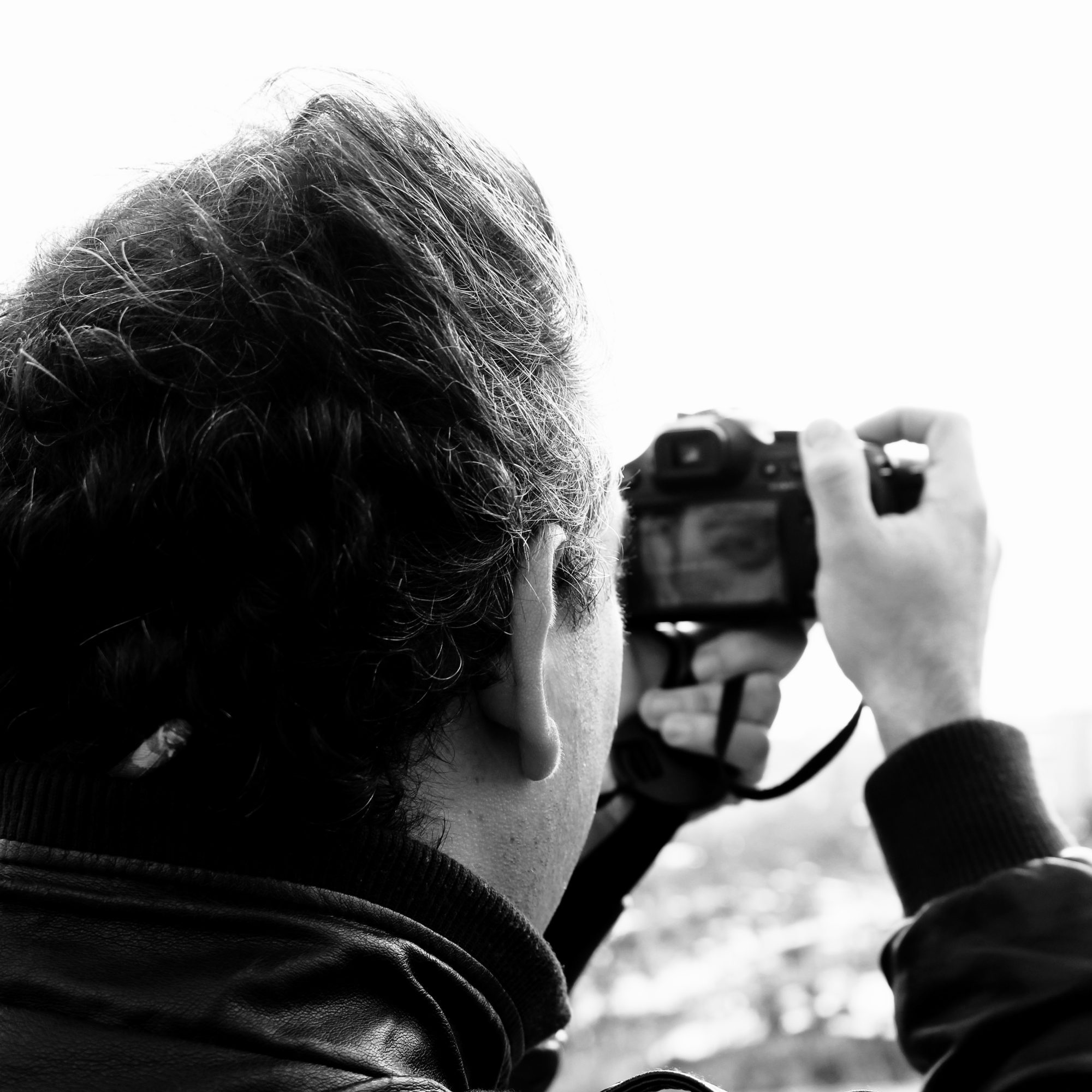Remember that time when you were pulling an all-nighter to edit hundreds of photos for a client, only to wake up the very next day for an early morning shoot? Exhausting, isn’t it? Have you ever thought, ‘How am I going to survive in this business if I’m stretched so thin?’
You’re not alone. According to a study conducted by the American Psychological Association, more than half of entrepreneurs struggle to manage their workload. This is especially harrowing in the competitive field of photography, where the work doesn’t end when the shutter clicks. Networking for photographers – attending events, meeting potential clients, and promoting your work – becomes an uphill battle when you’re tired from managing every little task associated with your business.
Many photogs are turning to outsourcing, hoping to unshackle from these chains. But is it the right move for you? Let’s dig into the nuances of outsourcing in a photography business and weigh the pros and cons.
The Ups and Downs of Outsourcing
To delegate or not to delegate, that is the question. The debate is akin to asking, ‘Film or digital?’ Every photographer has their own opinion, shaped by their unique experiences and business models.
On one hand, outsourcing can be a godsend for photographers drowning in tasks. It gives you the chance to catch a breath, focus on your craft, and devote more time to being a photographer rather than a one-man-band entrepreneur. Imagine relieving yourself of the pressure to deliver photos within tight deadlines without compromising quality or losing sleep over back-to-back schedules. Sounds fantastic, doesn’t it? And let’s not forget the colossal advantages for fledgling businesses with limited manpower and budgets. You get to tap into a pool of talent that can deliver professional results sans the costs and commitments of hiring full-time employees.
Outsourcing is Not Always a Photographer’s Friend
However, like film, outsourcing has its own graininess. There’s a potential loss of control that doesn’t sit well with perfectionists. How can you trust someone else with your vision, your baby? And then there’s the practical hurdle of finding reliable, skilled freelancers who understand your style and deliver quality results. Plus, effective outsourcing requires clear communication and management skills – an additional grind in itself.
So, how do you strike the right balance? The answer lies in identifying tasks that are time-intensive yet add minimal direct value to your bottom line. Think clerical work, bookkeeping, or perhaps even high-volume photo editing. These tasks can often be outsourced without compromising your personal touch or the quality of your work. For instance, color correction of hundreds of wedding photos can lay the groundwork, while you infuse your magic in the final edits.
Stepping Forward
Truth is, there’s no one-size-fits-all answer here. It’s all about finding what works best for your business model and personal work style. Outsourcing can be a friend or foe, depending on how you leverage it. Perhaps the real question should be, ‘Am I ready to start delegating tasks and trust the process?’
Remember this, as photographers, we are not just capturing moments, we create memories that last. So let’s focus on what fires us up, keeps our creative juices flowing, and eventually leads us towards a sustainable, successful photography business.


0 Comment